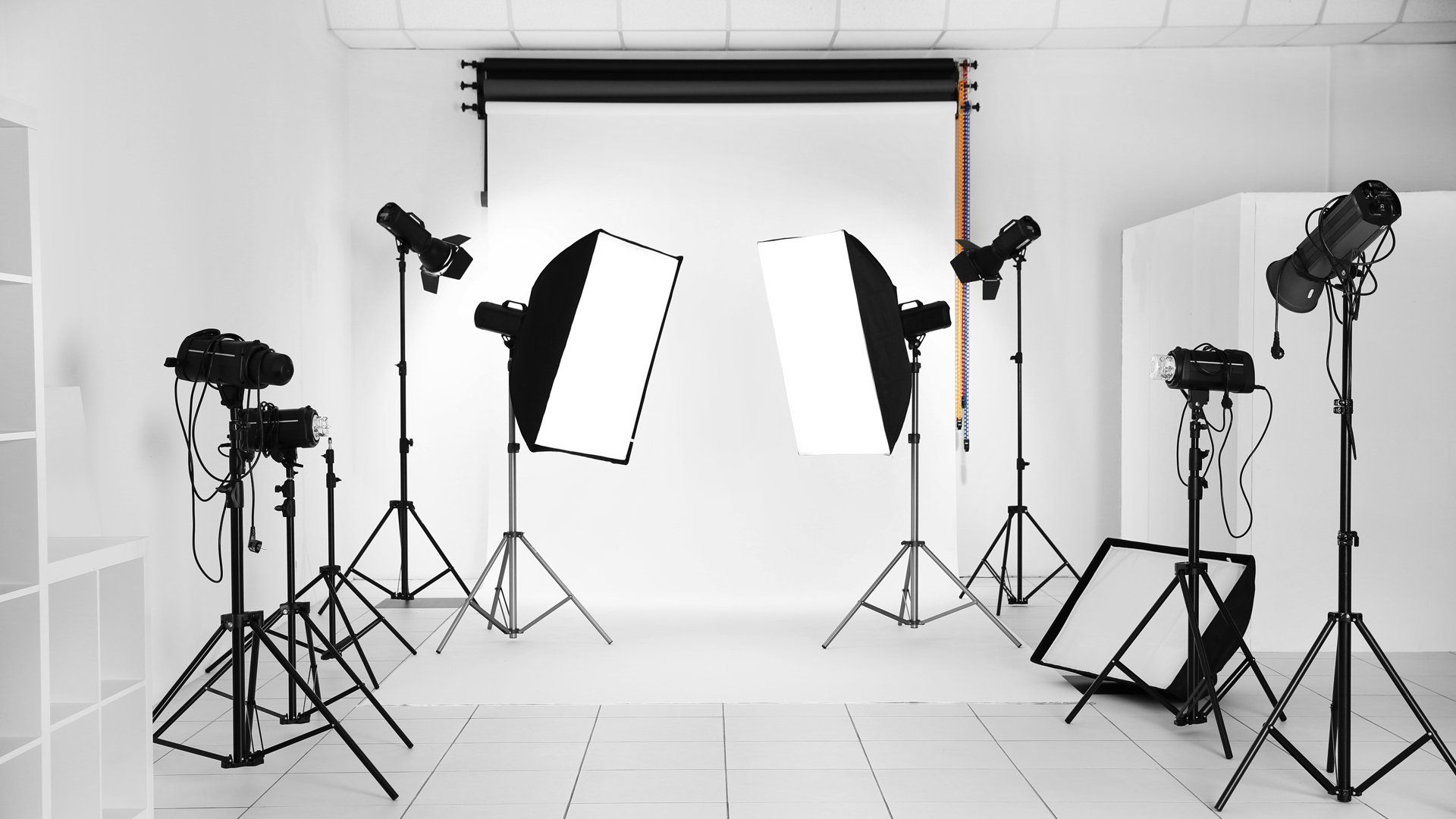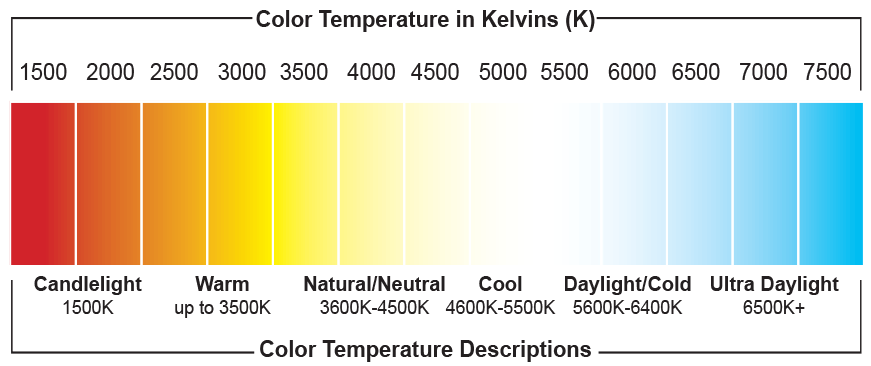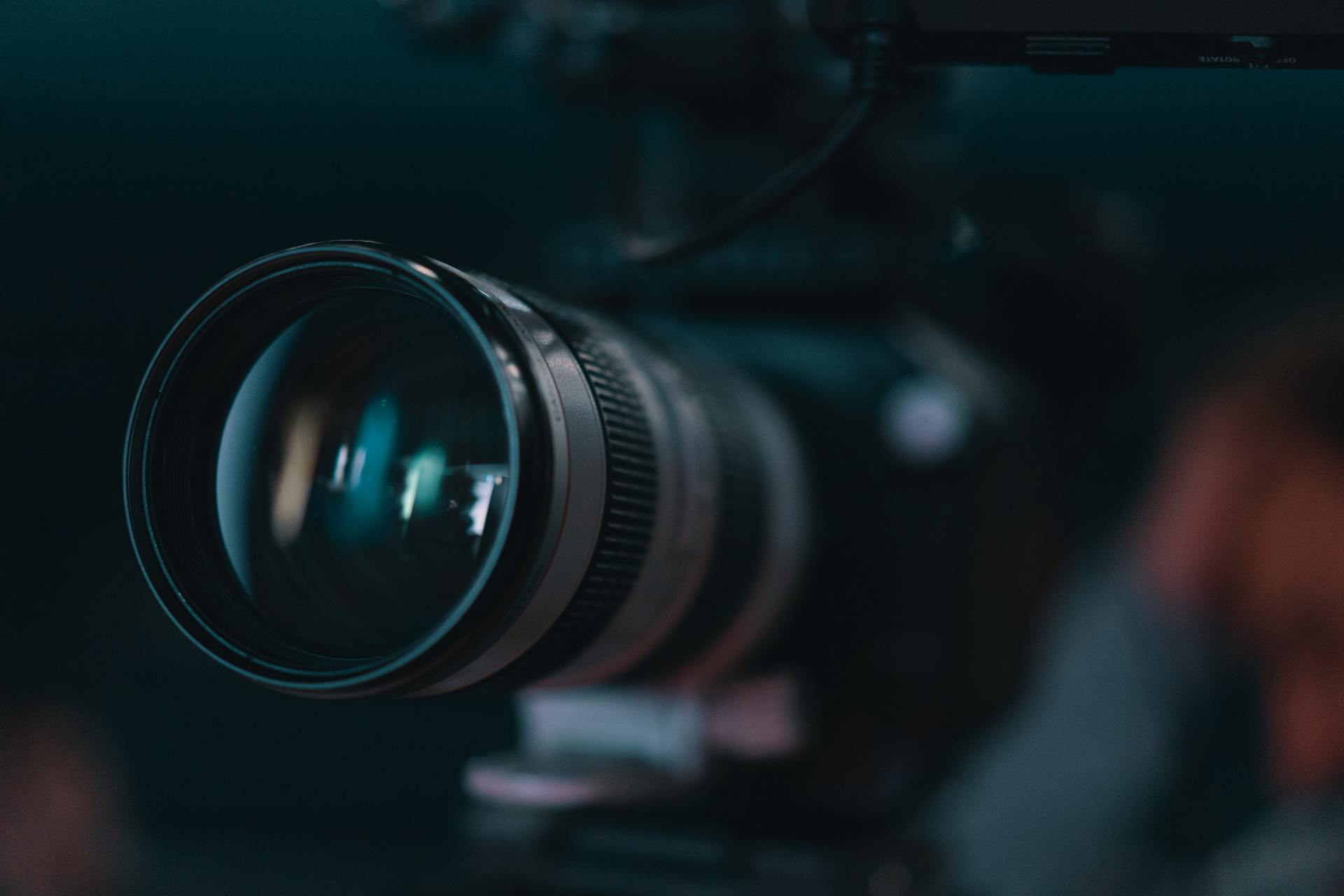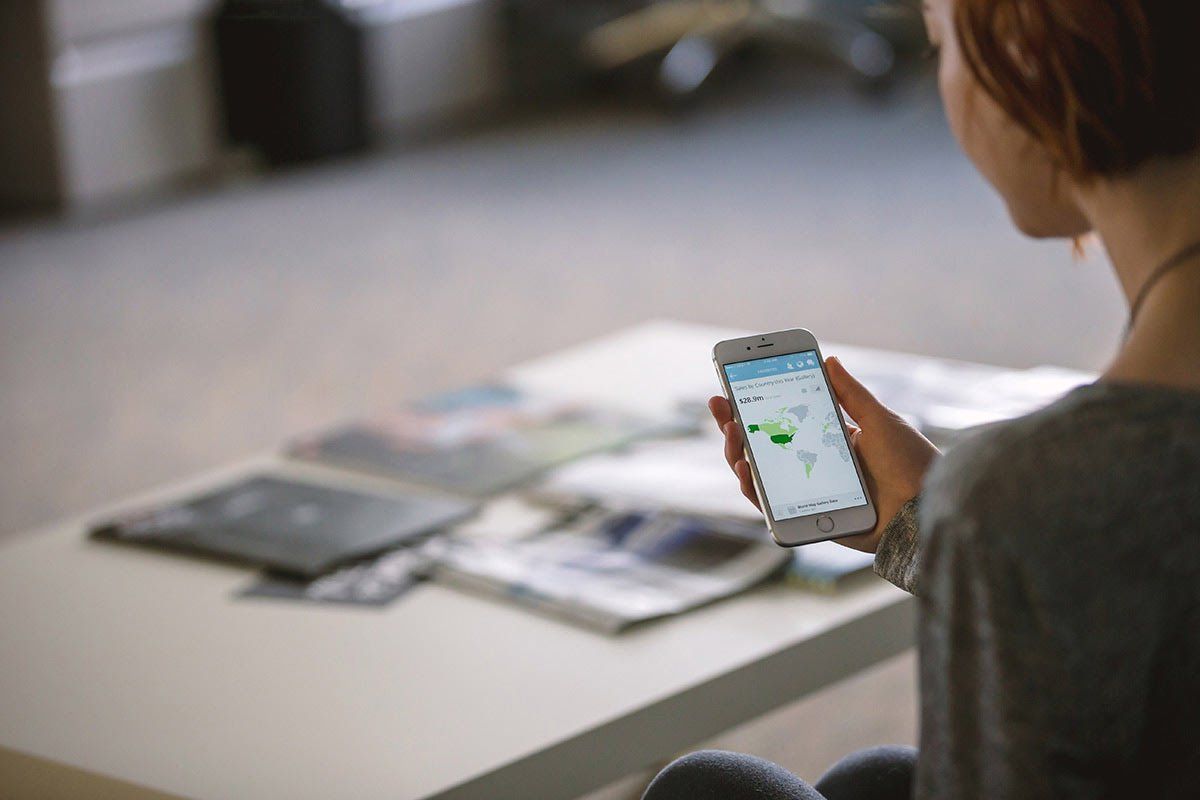Lighting - A Key Component of Quality Video
In addition to having a nice video camera, you must also have quality lighting in order to make sure that your videos look professional.In addition to having a nice video camera, you must also have quality lighting in order to make sure that your videos look professional.
Quality Camera - Poor Video
Many people make the mistake of thinking that the key to good video is to just shell out a few thousand dollars on a really nice camera. Then, after producing a few videos with their shiny new toy, they are sorely disappointed and the overall quality of the final product. A common reason for this frustration has to do with the importance of proper lighting.
Although the quality of your camera is an important factor in producing high quality video, the reality is that ALL cameras need light in order to function properly. Some cameras can certainly perform better than others in low light situations, but the quality is remarkably better when your subject/scene is properly lit.
Taking Advantage of Natural Light
Fortunately, it is quite easy to obtain plenty of light for producing high quality video by just taking advantage of that giant fireball in the sky that we belovedly refer to as "the sun". The sun produces enough light so that anyone with a smart phone can walk outside, start recording with their phone, and end up with some pretty amazing results. This is the because the sun provides plenty of light and the camera has automatically adjusting settings to compensate for the amount of light in the scene... so the end result is nice.
Cameras that require manual adjustment of settings can also take advantage of natural light and obtain some amazing video outside in direct sunlight as long as you understand how to properly arrange the settings on your camera. If your camera settings are properly tuned, then you will end up with video that is either over or under exposed and likely wouldn't even be usable. So, in the right settings, natural light can be your friend and help you achieve great results, but it can also work against you if you don't have an understanding of how to properly compensate for the amount of light in your scene.
Studio Lighting
The next best thing to the sun is studio lighting that is properly arranged and adjusted to achieve your desired result. There are entire books written on the subject of lighting, so it is far beyond the scope of this blog post to dig deeply into all the nuances of how to light your scene. I just want to delve into the very basic truth that you can achieve an excellent end result with a very basic lighting set up.
The most common lighting set up for videography is the 3-Point lighting set up, which utilizes a Key light, a Fill light, and a Back light. When properly arranged and coordinated with camera position and subject placement, this lighting set up can achieve amazingly professional results.
The only other consideration that I want to mention here is the impact of light temperature or color. You can use lights that range from about 2500K all the way up to about 6000K with very different results depending on what color temperature lights you are using. The lower the temperature (K) the warmer the light and tends more toward the Orange/Red and the higher the temperature (K) the cooler the light and tends more toward Blue.





